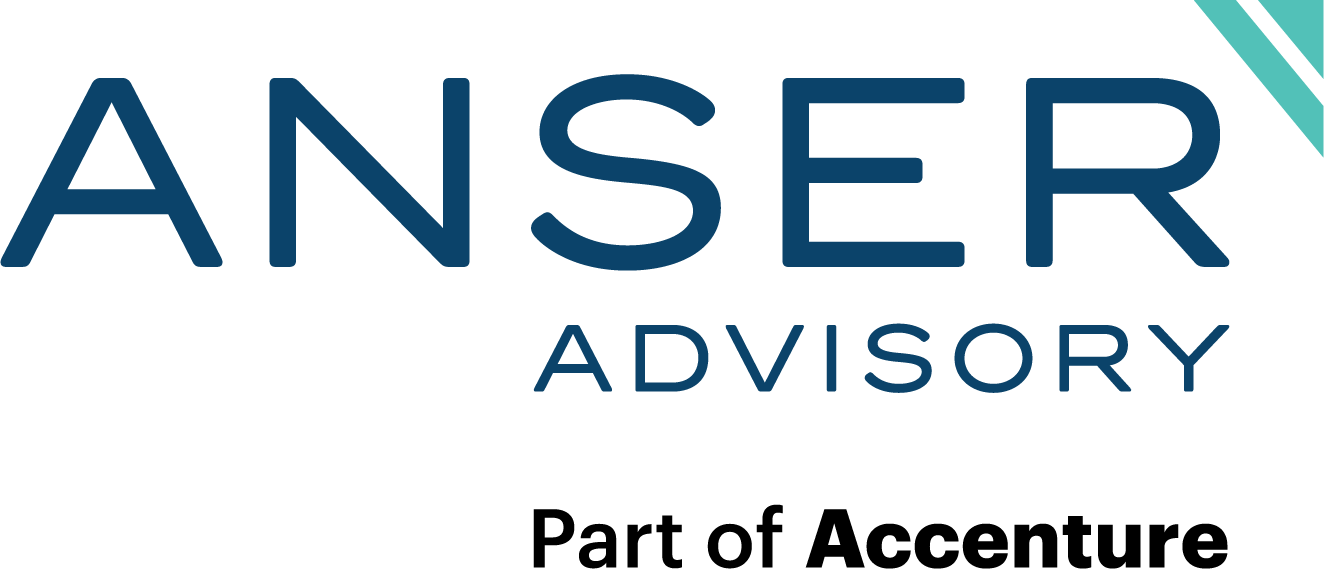The Importance of a Trained Workforce: Formalization, Implementation, and Benefits
Once an organization has established their governance structure, they have a strategic, ethical, and operational responsibility to train their workforce for the mission to be successful. Organizations that will be most successful in implementing a formalized training program will embrace investing to aggregate internal and external resources to define, capture, target, and deploy learning in technological advances, best practices, and business ethics for the workforce. When they do, they will be able to amply meet defined strategic mission objectives.
Yet, many organizations don’t invest in training because it is hard to understand the ROI. We urge those grappling with this ROI question to read the book, Lead with your Customer, ‘Making Training and Development a Priority’ is a requirement, not a choice. The book lays out the budget jockeying most organizations grapple with on a yearly basis and the consideration of increasing training budgets to train and invest in the workforce or cutting those costs toward retaining the bottom line. The book explains how this should not be a debate. Training and development must always be a priority, even and especially in difficult financial times. Their research has shown that world-class organizations who train have better key performance indicators and sustainable bottom-line results. Through what is known as the Chain Reaction Excellence Model, training leads to employee sustainment, performance, loyalty, and customer brand; all of which far outweigh initial investments however you look at the data.
“The world is full of organizations that choose to limit training and then, curiously, remain confused as to why their results are subpar.” – Lead With Your Customer
With the once-in-a-generation funding flowing into critical missions and essential infrastructure, those organizations that intentionally embrace training for their organization will be the most successful in meeting their defined strategic mission objectives.
In our work developing training programs for our organization and our clients, these are the most important considerations we’ve found to lead to success in designing and implementing training programs:
Commit to Being Upper Quartile on Your Investment
According to the 2021 Professional Services Maturity Benchmark study, companies and organizations are spending on average 1% of their budgets on employee training, with many spending more. These same entities are allowing up to two weeks of paid training days as well. As an upper quartile organization interested in maximizing the chances of success on your mission, you should plan to invest more than this average amount.
Practice a Wide Allocation
The best approach to allocating this investment is a well-rounded one. That means not just sending employees to school, or to get industry certifications, or internal process training; it is all of the above, and more. The key to retaining value in this well-rounded structure is to inform your program through market research, skills gap analyses, and direct professional development mentorship by leaders.
In order to formalize a workforce training and development program, consider these best practices:
- Conduct an internal skills assessment of the workforce
- Do market research to identify current and future skills in your organization
- Canvas customer needs (what skillsets are customers asking for?). For those organizations executing capital projects and programs, this question should also cover what your vendors, consultants, and suppliers need your organization to demonstrate to successfully work with you.
- Conduct routine audits and gap analyses, then target training holes with incentivized sprints
- Provide an internal learning site to share needed skills, certifications, and technology.
- Create a two-pronged complementary training approach using both:
- Outside experts to deploy industry best practices
- Internal administrators to develop branded processes, procedures, and forms
- Create accessible libraries, data-banks, and software for easy-to-find and use learning
- Create and administer special leadership and management training programs for rising stars
- Reward and recognize professional development
- Share expertise with partners and end-users to demonstrate your highly technical brand
Calculating The ROI
Organizations with mature training programs can achieve an ROI on their investment because they recognize that their investment results in all of these benefits which contribute to the ROI:
- Consider the costs savings in having a more efficient workforce that is working in alignment with the mission more consistently. This alignment reduces rework, duplication, and waste. Look to quantify what positive financial impacts this can have and then measure in determining your expected and actual ROI of your training program.
- Increased employee engagement and loyalty often lead to increased retention, thereby reducing costs of turnover. Note that most studies place the cost of turnover at a minimum of $50,000 per head.
- Vendor reference ability. This can lead to reduced procurement or acquisition costs because vendors recognize you as a “best in class” organization that won’t require them to navigate your lack of training
- Brand recognition. Expanding your brand recognition through all employees and vendors. Possess a clear understanding of what your brand is and how you are delivering your mission.
- Mission realization. If none of the other ROI benefits come to pass, yet you increase the likelihood of delivering your mission even a few percent, the value proposition of investing in training is clear.
Leadership may have defined the mission and strategic initiatives ahead. They may have also defined the governance structure. But if the workforce is not properly tooled and trained accordingly, there will be an implementation miss that will ultimately cost far more than the investment to properly train. Organizations that understand this and commit to investing in training are well on their way to mission success.
In Part IV of our series, we’ll explore how organizations with a defined governance model and trained workforce can embark on successfully defining the scope and planning for mission success.
This is an 8-part series called Meeting The Infrastructure Moment: How Owners of Projects/Programs Will or Won’t Succeed. In this series, Anser’s own subject matter experts share their perspectives on what owners can do to succeed, including best practices for receiving and spending these funds.
Contributing authors: Leigh Valudes is Vice President – Solutions based in the Anser Advisory Virginia office and Paul Buckley is Senior Vice President based in the Santa Ana office.


